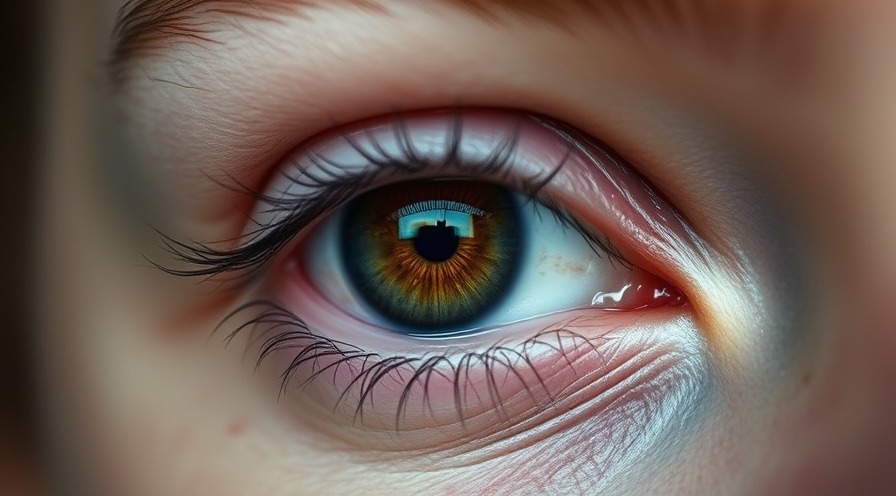
The 5 Silent Alarms: Warning Signs of Eye Problems You're Probably Ignoring
We've all experienced that moment of panic when something doesn't feel quite right with our vision. Maybe it's a flash of light that wasn't there before, or that persistent feeling of having something in your eye when nothing's there. But how often do we brush these symptoms aside, chalking them up to fatigue or stress?
According to Dr. Emily Keller, ophthalmologist at Johns Hopkins Wilmer Eye Institute,
"Many serious eye conditions begin with subtle symptoms that patients often ignore until significant damage has occurred. Early detection can mean the difference between successful treatment and permanent vision loss."
Let's explore five commonly overlooked warning signs that your eyes might be sending distress signals you shouldn't ignore.
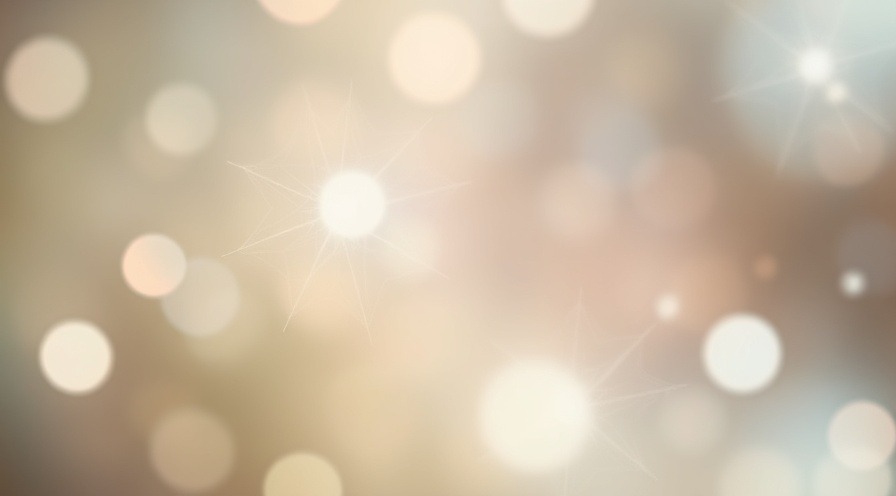
1. Persistent Floaters and Flashes
Those tiny specks or cobweb-like shadows that drift across your vision? They're called floaters, and while occasional ones are normal, a sudden increase in their number or the appearance of light flashes deserves immediate attention.
"A sudden shower of floaters, especially when accompanied by flashes of light, could indicate a retinal tear or detachment," warns Dr. Mark Fromer, ophthalmologist at Lenox Hill Hospital in New York and author of "The Complete Guide to Better Vision" (2018). "This requires emergency treatment to prevent permanent vision loss."
Pro tip: To test if what you're seeing is concerning, look at a plain background like a white wall. If you notice a significant increase in floaters or new flashing lights, don't wait—call your eye doctor immediately.
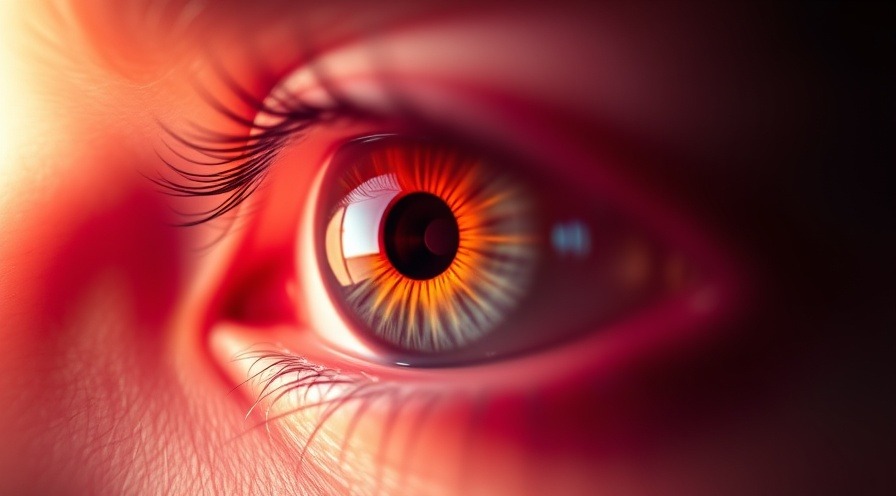
2. Subtle Changes in Color Vision
Notice your favorite blue shirt looking more gray lately? Gradual changes in how we perceive colors often go unnoticed but can signal serious conditions.
A 2022 study published in the Journal of Ophthalmology found that subtle color vision changes preceded other symptoms in 48% of patients later diagnosed with optic neuritis, an inflammation of the optic nerve that can be associated with multiple sclerosis.
"Changes in color perception, particularly difficulty distinguishing between red and green or blue and yellow, may indicate various conditions from cataracts to optic nerve problems," explains Dr. Sandra Lora Cremers, ophthalmic surgeon and co-author of "The Eye Book: A Complete Guide to Eye Disorders and Health" (2021).
The change happens so gradually that most people adapt without realizing it—until they can't.
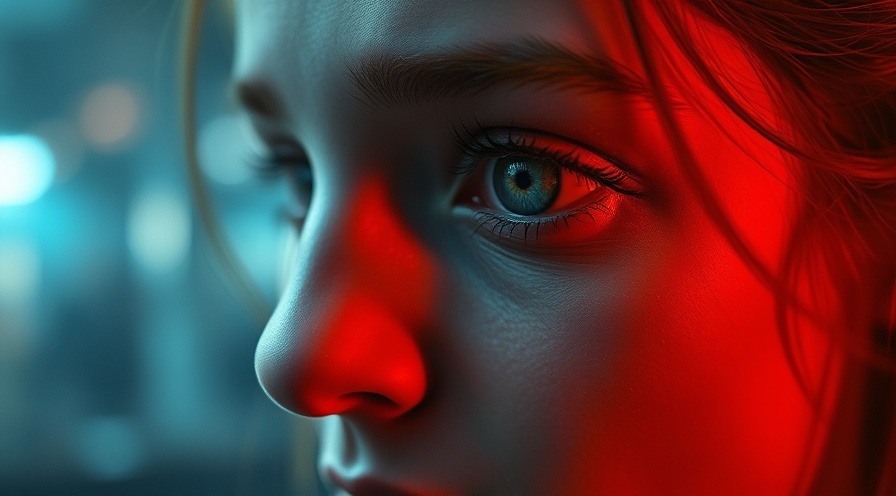
3. That "Something's In My Eye" Feeling (When Nothing Is)
We've all experienced that annoying sensation of having something in our eye when nothing's actually there. But when this feeling persists for days, it's time to pay attention.
"Chronic foreign body sensation without an actual foreign body present can indicate dry eye syndrome, corneal abrasions, or even early signs of corneal infection," says Dr. Rachel Epstein, clinical professor of ophthalmology at NYU Langone Health.
According to research published in JAMA Ophthalmology (2023), this symptom was present in 67% of patients with keratoconus—a progressive thinning of the cornea—months before diagnosis.
I once ignored this feeling for weeks, blaming my contact lenses, only to discover I had developed a corneal ulcer. Trust me, that's one eye exam you don't want to skip!
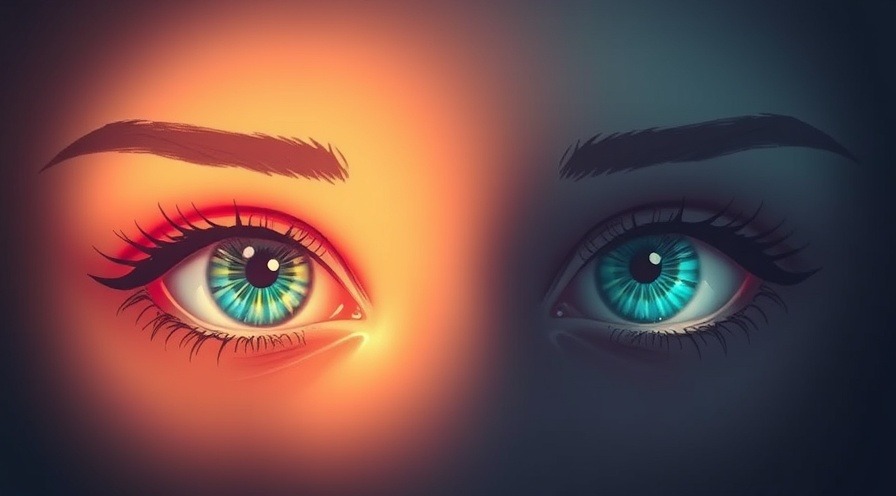
4. Trouble Adjusting Between Light and Dark
Remember when you could walk from bright sunlight into a dimly lit restaurant and see the menu right away? If you're finding this transition increasingly difficult, your eyes might be signaling trouble.
"Impaired dark adaptation—the ability of your eyes to adjust from bright to dim lighting—can be an early indicator of age-related macular degeneration, vitamin A deficiency, or retinal diseases," explains Dr. Jonathan Bernstein, retina specialist and contributor to the American Academy of Ophthalmology's EyeSmart initiative.
A 2021 longitudinal study in the British Journal of Ophthalmology found that difficulty adjusting to darkness preceded diagnosable macular degeneration by an average of 2.5 years in at-risk populations.
5. Changing Appearance of the White Part of Your Eye
The white of your eye (sclera) should generally stay, well, white. Changes in its appearance are surprisingly informative about your overall health.
"Yellowing can indicate liver problems, persistent redness might signal inflammatory conditions, and a bluish tint could reveal osteogenesis imperfecta or other connective tissue disorders," notes Dr. Sanjay Gupta, ophthalmologist and medical correspondent, in his 2020 book "Keep Sharp: Build a Better Brain at Any Age."
Even subtle changes in the pattern of blood vessels in your eyes can indicate hypertension or diabetes, often before other symptoms appear.
When to Call the Doctor
While not every eye symptom signals impending doom (sometimes it really is just tiredness), knowing when to seek help matters. Contact an eye care professional immediately if you experience:
Sudden vision changes
Eye pain
Double vision
Halos around lights
Any of the five warning signs discussed above that persist for more than 24-48 hours
Dr. Ranya Habash, Medical Director of Technology Innovation at Bascom Palmer Eye Institute, puts it perfectly:
"Your eyes are not just windows to your soul—they're windows to your overall health. Changes in vision often reflect changes in your body's systems, making regular eye exams as important as your annual physical."
Your future self will thank you for paying attention to these subtle signals now. After all, vision is perhaps our most precious sense—worth every bit of vigilance we can muster.
Disclaimer: This article is for informational purposes only and does not constitute medical advice. Always consult with a qualified healthcare provider for diagnosis and treatment of any medical condition.
 Add Row
Add Row  Add
Add 


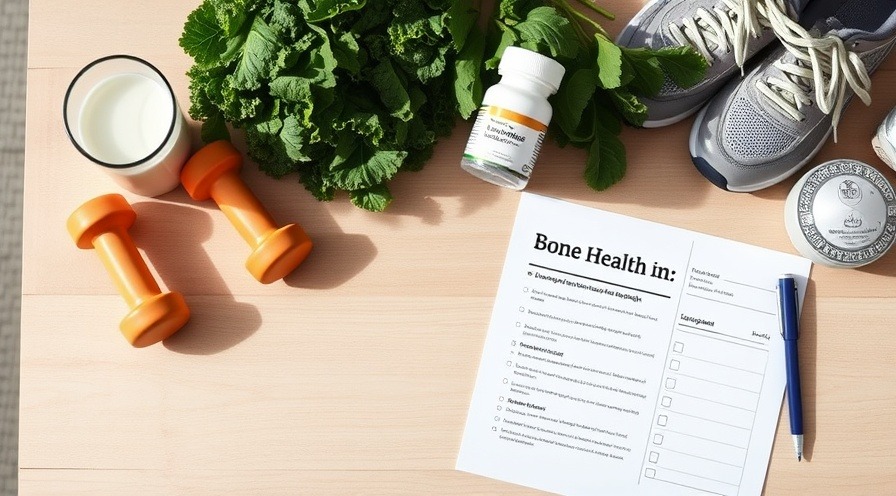
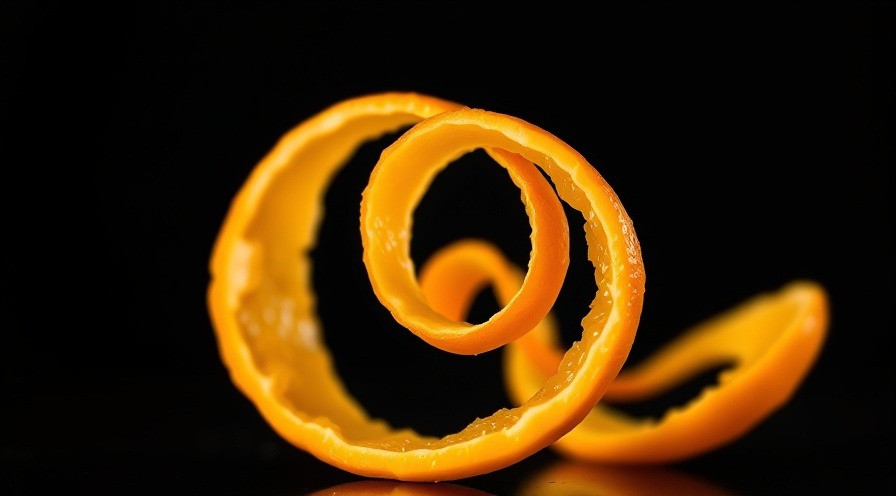
Write A Comment